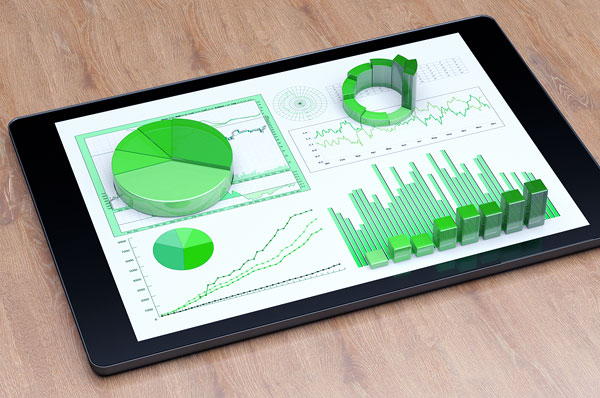When writing about e-commerce trends, there’s always a question as to whether it’s a trend, a paradigm shift or shifting baseline you are talking about. In many ways, the trend itself is not new, just the level of the trend. When you look at trends, you can choose between focusing on trends that might emerge and become large or old trends that are taking the next step.
In this short article, I will mainly focus on e-commerce trends that do not feel particularly new, but that still will be game changers during 2020 -performance, video, engagement, direct to consumer (D2C), online marketplaces and the mega trend: sustainability.
1. Performance
If you are browsing for products, interesting content or attractive prizes, a slow site is as close to torture that the modern consumer gets, and every millisecond of waiting is an experience killer.
Since your site is (more or less) no longer used on desktops for long sessions, but rather in short bursts during the ongoing customer journey, like on the bus, on the toilet or in the store, the winner is the site that can maximize those short visits.
2. Video
People still read - books and on tablets, but for many people reading is seen more as an achievement than pleasure.
So, the question is why would people, who do not really want to read, all of a sudden like to read long product descriptions? If the customer doesn't know enough about your product, text will not satisfy them. Their knowledge often needs to be complemented by YouTube where they most probably can see a video of the product in all angles, being used and reviewed.
By letting your customers exit your site to get the information they need, you open up opportunities for competitors to snatch your customer. For 2020 make sure this won’t happen by offering videos where you show that you are the one to visit for deep knowledge, not a place for products alone.
3. Engagement
If what you sell and stand for does not engage, you will fast be forgotten. With the algorithms of social media advertisements promoting engagement, your message will not be heard if engagement is too low and the time where you could scream from billboards alone to be recognised is long gone.
In 2020 we will see sharper statements from e-commerce sites and businesses about who they are and what they stand for and more focus on customer collaboration and rewards for engagement. The most successful businesses will be able to maximize engagement on their own platforms and channels (own forums, advanced on-site reviews, displayed user generated content (UGC)) in synergy with social and traditional media.
4. Direct to consumer (D2C)
When everybody thinks they can do a “Daniel Wellington” and just need a product, an e-commerce site and a social media account to harvest gold, you might think that the D2C trend is already passing, but that is not the case.
When shopping more and more is done in social media channels and fuelled by engagement rather than big advertisement budgets and interests are shared globally among peers, the right product, story and feeling still have the potential to go from nowhere to everywhere in a blink. You don’t need more than one or a few products to sell when you are exposed in the right feed and one click shopping makes it hassle free for the customer. The combination of brand, product, and channel is potent, and we will see traditional players responding by taking the same strategy where possible.
5. Online marketplaces
If you are not where your customers are, they will not buy from you. If that place happens to be Amazon, Zalando or Asos, then that’s the place you need to be. Or, if you happen to be the main player in a niche, you can take the role as the marketplace owner.
However, those who can be their own marketplace compared to those who will sell through marketplaces as a channel will always be fewer. We will see the death of new marketplaces where they just won’t reach the critical mass needed for momentum or creating the depth that customers demand from a marketplace.
Smart integration of channels and data, effective internal processes and organization, prizing and range strategies as well as customer acquisitions for marketplaces will all be big considerations this coming year for many e-commerce businesses.




.jpg?width=800&height=800&name=blog-jack-nrf-25%20(1).jpg)






